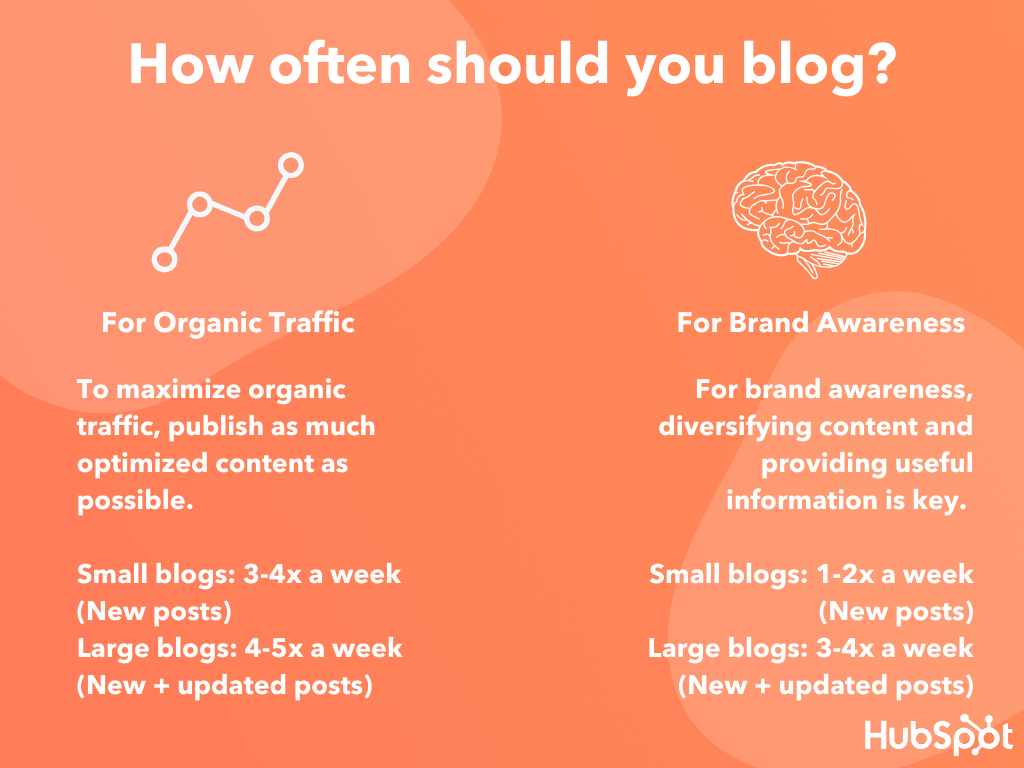SEO (Search Engine Optimization) for your school’s blog matters. The purpose of blogging for your independent school boils down to two intertwined goals:
- Sharing your school’s unique market share and distinctions in an engaging way with your internal and external communities, and
- Making sure that those communities can easily find these messages digitally.
Both goals are essential. You can argue that writing engagingly for your audiences relies, in part, on the intangible qualities of the blog post’s author. Writing, after all, is an art.
But crafting content to boost SEO to meet your school’s strategic marketing goal is important. You can accomplish it in several steps.
Best-practice Tips for Blog Post SEO Optimization
- Make sure your blog post is a minimum of 500 words. If you want to have any chance to rank high on Google or other search engines, aim for 1,000 to 2,400 words. That said, your content should be as long as your audience needs it to be. Writing a post on how to apply for financial aid? Your audience needs pithy copy that quickly and succinctly walks through how to apply–not lots of paragraphs about how important need-based aid is to your school’s mission. Aim to have your school’s blog include both long-form and short-form posts.
- Publish a blog post once per week. Twice per week is even better. In the business world, best practice is four times a week, which is unreasonable for over-worked, under-staffed school marketing and communications departments. Your goals for blogging also dictate how often you post, according to HubSpot. The more frequently you post, the more clicks you get (organic traffic). The more your posts tell your school’s authentic story, the more you build your brand.

- Regularly posting new content can be challenging. Try repurposing older posts to reuse and build upon your existing content. Leave the older post as is, but repurpose the content into a new post with a new title and URL with updated copy, data, photos, links to a new program at your school, etc. This brings new life to the older post and new traffic to your site. Example: Re-visit one of last year “athlete of the week” posts. Reach out to the student or recent alum for a few quotes on what athletics at your school taught them about leadership and resilience (or one of your specific core values). Use an updated photos, activities list, and a quote from your athletic director on the values of your athletic program. Keep the original content as part of the post, e.g., “We checked in with our Spartan Star of the Week during last year’s championship basketball season to see what Spartan Athletics have taught her. Check out her thoughts and last year’s impressive accolades.” Then share your new content with the older post at the end.
- Imagery is important. And the images you choose to include can and will speak a thousand words. High-quality images also speak to Google’s increasingly important visual search engine, per Yoast. Use photos, infographics (with Canva, you can easily create great infographics), video display boxes, your school’s branding, etc. Check out our tips for great photography. Remember: Your school’s original imagery is better than anything else. It’s authentic and no other school will have it. And if your images are by your students, get their permission first before posting, credit them and tag them.
- Research and integrate keywords in the headline, heading, subheadings, text, title tags and meta descriptions. This makes your blog posts SEO-friendly and ranks them well in search engines. Use the Google Keyword Planner to search on your main keyword like “college counseling” or “Kindergarten readiness.” You will get a list of keywords close to your main keyword to include in your post. As you learn how to integrate keywords within your blog post, more of your website pages can be indexed and found by your target audience online.
- Structure your post with an introduction that includes the focus keywords in the opening sentence. Spread your main keywords throughout the post but don’t overuse them.
- Don’t forget the meta description. This is the snippet of text that describes your blog entry and persuades the searcher to click through to your website. It appears in the search engine results under your headline though sometimes, search engines will pull a snippet of text from the main body copy of the page instead. Be sure to include keywords.
- Choose an enticing title to attract readership. Make sure your title tells a reader what to expect and does so in 60 characters. Always include your primary keyword. Titles like “Top Tips to …,” “How to …” or “6 Steps to …” are further ways to engage a reader. (Our 45-character title caught your attention, right?)
- Mobile users need shorter paragraphs. Avoid large paragraphs and phrases that make it sound like a research paper. This is not the place to use “heretofore” and other academic-sounding words. You will lose your reader’s interest quickly.
- Always proofread! Show your blog post to a trusted reader in your office or at your school. Never publish it without proofing. Check that your links are active and going to the expected pages.
- Link your posts in your weekly or monthly newsletters to current families. Share them on your social sites. Be intentional about ways that your current community (including alumni) can see your content.
- Include outbound and internal links in your post. Outbound links to external sites or blogs help demonstrate the depth of the topic and give readers further resources beyond your school. This also helps search engines understand your niche and increase the trust and quality of your site – better for SEO. Make sure links are set to open in a new tab, so that your reader doesn’t leave the site before they finish your blog post. Internal links are links to other resources on your website that are relevant to the blog post. The goal is to keep the reader on your site and engaged with informative content.
The secret to a great school blog
With each post carrying so much SEO weight, it can be hard to manage the frequency and importance of blogging. Creating a content calendar is the most important thing you can do when blogging.
A content calendar helps you keep it all straight. You and your staff can see your entire plan in one place and note how much traffic that particular piece of content received. Tracking your blog’s metrics is essential to planning future content and knowing what resonated and didn’t resonate with your audience.
Using whatever spreadsheet tool you want, create an editorial calendar to plan and track your blog posts. Check out the editorial calendar templates on Hootsuite or Hubspot.
What themes, school voices, programs, events/traditions do you need to highlight? When is writing about these best in terms of your school calendar? At Commencement time, for example, is a great time to showcase what your recent alumni are doing in a blog post. Your school’s big game against your traditional rival is the time for a blog post by your athletic director on the intangible, lasting lessons that sports teach students. Use your school’s core values as themes. Have your head write a post on each value.
Just as important, what are your school’s enrollment goals? If you need to increase lower school enrollment, your blog should weigh heavily on sharing information about your school’s lower school. Who are your thought-leaders? What messages do parents of younger children need and want to hear? And how can your school best answer those questions?
What national days or months–think Black History Month or International Women’s Day–can your blog posts highlight through a program or person (teacher, student or alumni)? Showcasing your school through the lens of one of these days can resonate with your audience–and it can be a way to have a little fun. Is your head a huge chocolate milk fan? Ghostwrite a post for him/her on National Chocolate Milk Day (September 27, 2023) about his/her love affair with the beverage and connect it to school lunches and the way your school grows community through the underrated act of enjoying lunch (and a glass of chocolate milk) with a friend.
Diversify your content, too.
- Do a monthly Q&A with school personnel (teachers, yes, but grounds crew, too). Keep the questions standard and interview and record through Zoom, which allows you to transcribe the interview (and save typing time).
- Do a “round-up” format of a group of teachers, leaders, students, alumni, etc. answering the same question about an issue, achievement, whatever you want to address. Include their name, photo, and descriptor (department, year, career).
The ideas will ignite when you map out possible posts using your marketing goals, messaging themes, school programs/traditions, school calendar, etc.
Want ideas to find content for blogging? Check out our strategic and easy-to-find content tips in Why Your School Needs a Blog.
We’re here to help you craft the most engaging and strategic blog posts with an expert eye for SEO. Let’s talk.


